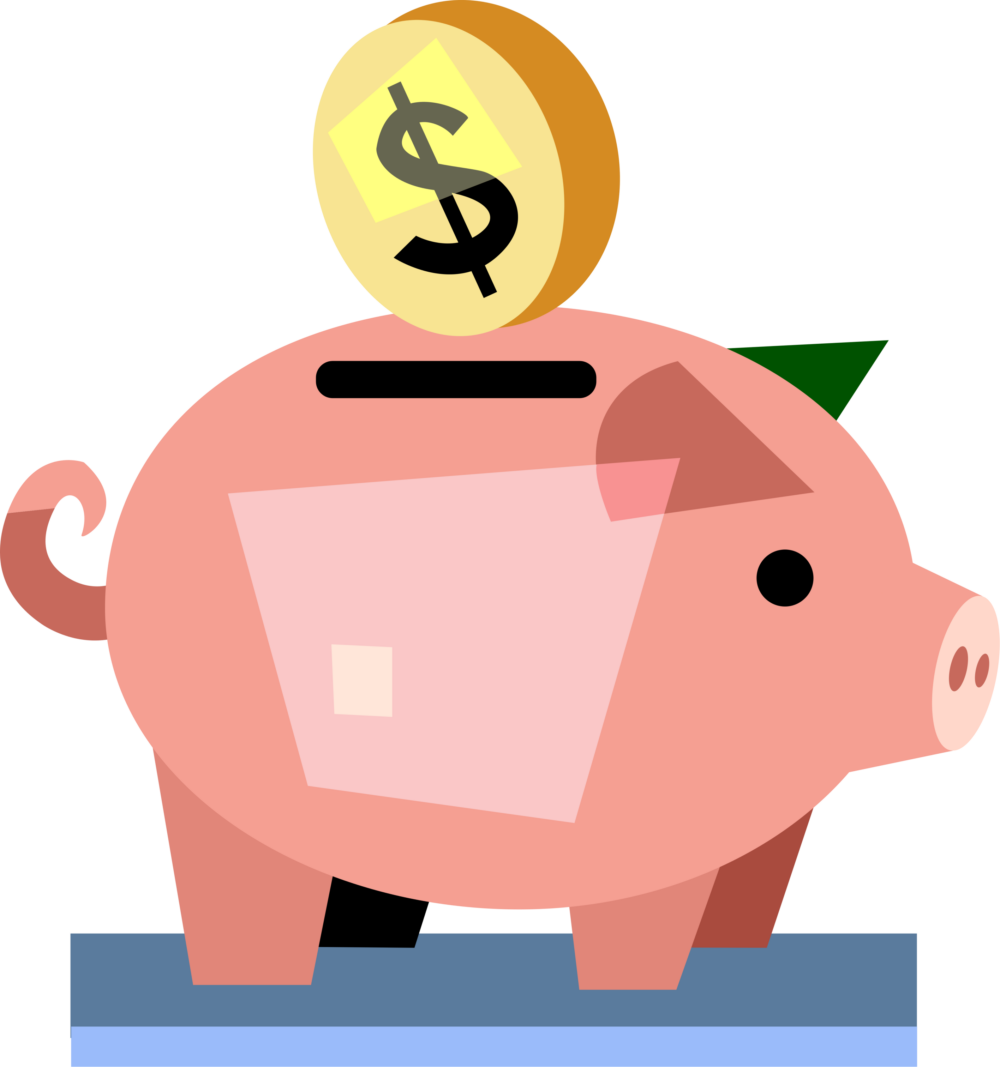Top Three Ways to Eliminate Debt – Even on a Teacher's Salary

19 Oct - Posted at 15:26h in Financial Planning
Whether it is student loans, credit cards, or car payments, going into debt almost seems to be a rite of passage in modern America. But debt hinders the American Dream for many.
Recently, millions of Americans have been feeling the financial burden of employment loss, a global pandemic, and general uncertainty in our future. So many things feel like they are out of our control, but one thing that you can control is your debt. Eliminating that debt will free up monthly funds and allow you to obtain peace of mind.
At Appreciation Financial, we are passionate about giving you the tools to control your financial future. In today's post, we will talk about how to eliminate debt, even on a teacher's salary.
Understanding How to Eliminate Debt Effectively
If you are like most people, you have more than one source of debt. To effectively eliminate this debt, you will first need to determine how much you owe, and what your interest rates are. Identify the loans with the smallest balance and the loans with the highest interest rate.
Ideally, you will want to pay off your highest interest rate loans first. This will avoid “wasting” money by paying towards interest, rather than principal. Credit card debt typically carries the highest interest rates.
There is another way to eliminate debt that involves paying off the smallest balance first, known as the “debt snowball” method. We will cover that later in this article.
Create Space Between Your Income and Expenses
To get out of debt, you will need to free up as much extra money as possible. The key to eliminating debt is to pay more than your minimum payment each month. That can be hard to do when you are living paycheck to paycheck—but it is possible.
To “create space” between your income and expenses, reduce your monthly expenses as much as possible, and put all your extra money towards eliminating your debt. Create a financial breakdown if you have not done so already — make a list of all money coming in and going out each month. Try to identify the areas where you can reduce spending.
Now that we have laid the groundwork on how to eliminate debt, here are some action steps that you can take:
1. See if you can make principal-only payments
Credit cards are the biggest source of debt for many. Interest rates are in the double digits for most major cards. With interest balance often outweighing principal balance, it is no wonder so many Americans are struggling.
There is good news, though. You can pay your credit cards down as fast as you want without any early-payoff penalties. One way you can pay down your credit card faster is to ask your credit card company if they accept principal-only payments. When you make extra payments, mark them as principal-only. This means that your payment will be applied to your principal balance instead of paying for fees and interest. A lower principal balance means you generate less interest next month.
This applies to all forms of debt. Ask your lender if they accept principal-only payments. Just make sure there are no penalties for making extra payments or paying off your loan before the end of the loan term.
2. Use the debt snowball method
This is the method we mentioned earlier. It involves finding your lowest balance loan and paying that down as quickly as possible. The psychological effect of paying off a source of debt can help motivate you to continue paying off more debt.
You can then take the money you were paying toward that smaller debt and start putting it toward the next biggest debt. Keep the “snowball” rolling until you have eliminated your debt.
3. Consider a balance transfer
With the snowball method, you eliminate your lowest debt first. One way to do that more effectively is to transfer the smallest balance to a 0% intro APR credit card.
Used correctly, credit cards can be a powerful financial tool. You can effectively pay off high-interest debt with a balance transfer card. They offer 0% interest for the first 12 months, or more. This gives you a window to pay off these smaller balances, while accruing $0 in interest.
If you think you have a balance low enough to pay off in 12 months, it might be a smart move to transfer that balance to a balance transfer credit card. Be sure to do your research or speak with a professional at Appreciation Financial to find the one that works best for your financial situation.
Hire a Financial Professional
Eliminating debt is tough. Our team here at Appreciation Financial passionately believes that the true American Dream is finally being debt-free. Come speak with one of our financial agents and let us help you reach that dream.
Image designed by Wannapik.com